-
120 Questions: Comprehensive practice covering all NURS 671 exam topics.
-
Key Concepts: Focused review of essential clinical nursing principles.
-
Expert Answers: Detailed solutions verified by nursing professionals.
-
Success Strategies: Proven techniques to optimize your exam performance.
-
Updated for 2025: Aligned with the latest NURS 671 Dunphy exam standards.
Preview
1. One of the initial steps in assessing patients with musculoskeletal complaints is
to determine whether the complaint is articular or nonarticular in origin. Which of
the following is an example of an articular structure?
a. Bone
b. Synovium
c. Tendons
d. Fascia
Correct Answer: b. Synovium
Rationale: The synovium is an articular structure that lines the joint space and
produces synovial fluid for lubrication. Articular structures are those involved in the
joint itself, including synovium, cartilage, and joint capsule.
2. You have detected the presence of crepitus on examination of a patient with a
musculoskeletal complaint. Additionally, there is limited range of motion with both
active and passive movement. These findings suggest that the origin of the
musculoskeletal complaint is:
a. Nonarticular
b. Articular
c. Tendon-related
d. Ligament-related
Correct Answer: b. Articular
Rationale: Crepitus and limited range of motion, both active and passive, are indicative
of an articular issue, suggesting that the joint itself is the source of the problem.
3. Which of the following signs or symptoms indicate an inflammatory etiology to
musculoskeletal pain?
a. Decreased CRP
b. Hyperalbuminemia
c. Morning stiffness
d. Weight gain
Correct Answer: c. Morning stiffness
Rationale: Morning stiffness is a hallmark symptom of inflammatory musculoskeletal
disorders like rheumatoid arthritis, indicating an inflammatory etiology. CRP would
typically be elevated in such cases, not decreased.
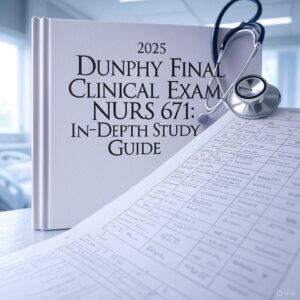
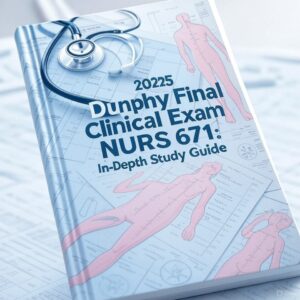



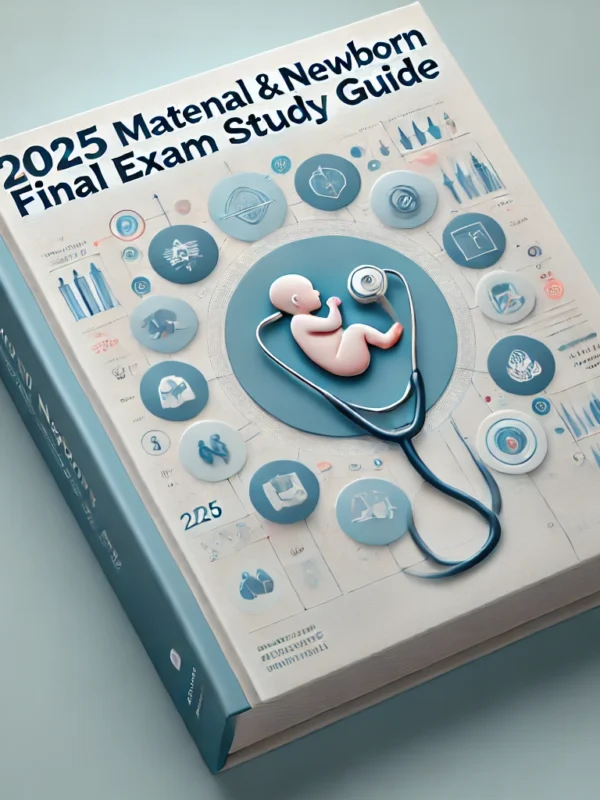
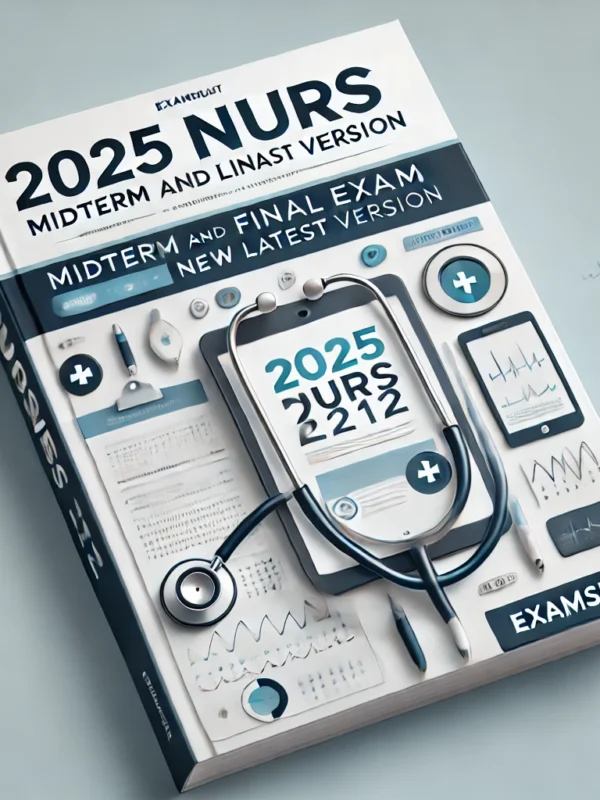
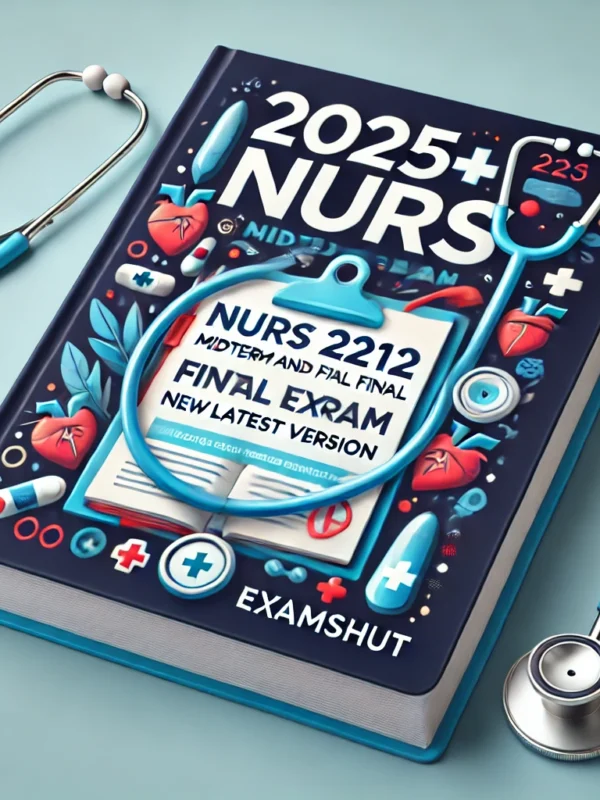
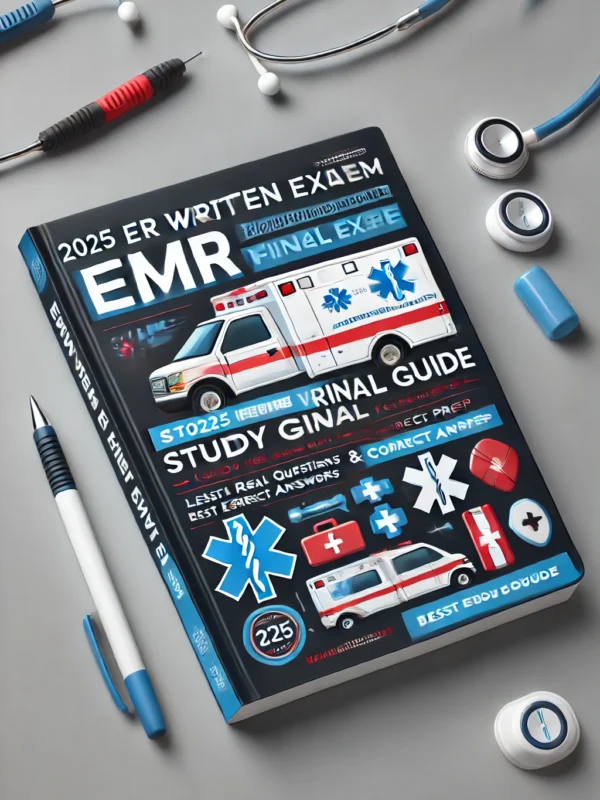
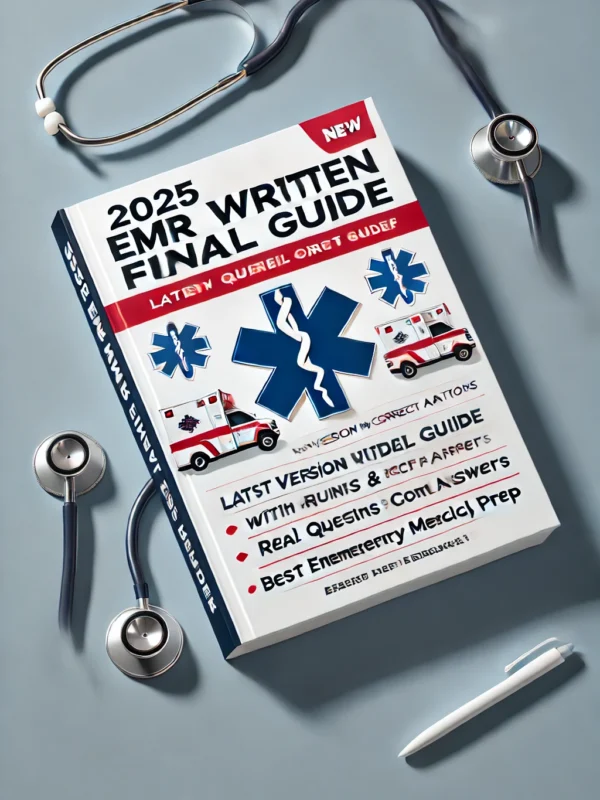
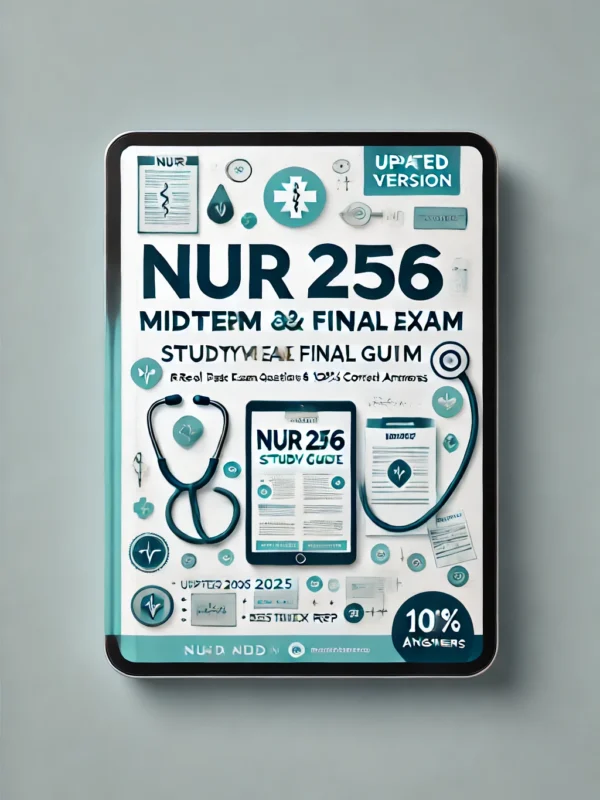
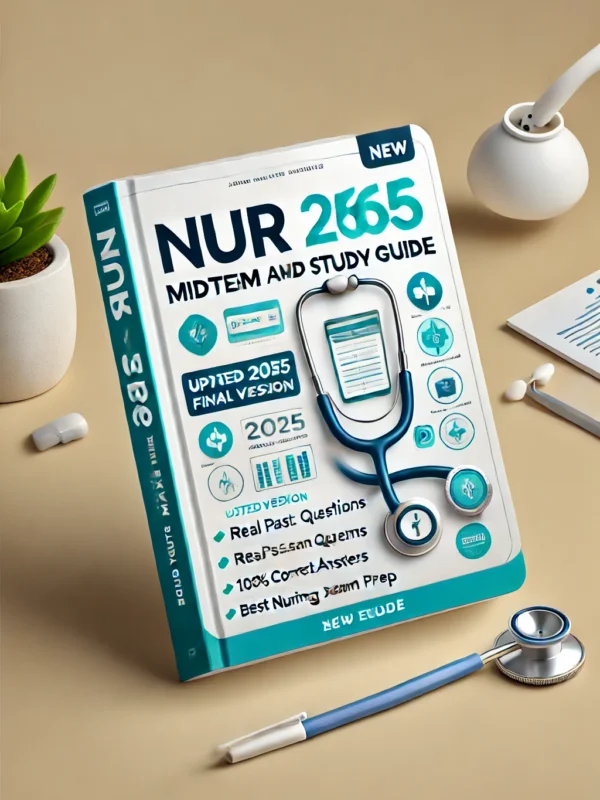
Reviews
There are no reviews yet.